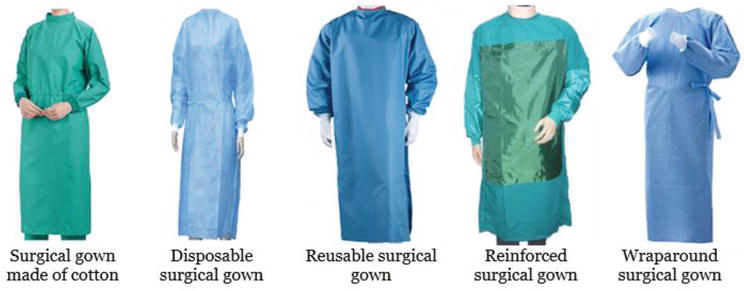Handling hazardous drugs in healthcare facilities such as hospitals, clinics, and pharmacies is a common practice. Hazardous drugs are those that potentially pose a risk to healthcare workers who come into contact with them and require special precautions to be taken while handling them. One such precaution is the use of proper personal protective equipment (PPE), including gowns. But what type of protective gown should be used when handling hazardous drugs?

First and foremost, it is important to understand the characteristics of hazardous drugs. These drugs can be carcinogenic, mutagenic, teratogenic, or toxic to reproductive systems. They are available in many forms, including tablets, capsules, injectables, solutions, suspensions, and powders. Handling hazardous drugs requires high levels of care and attention to detail to ensure the safety of those involved.
The type of protective gown to be used when handling hazardous drugs should be chosen based on the level of potential exposure to these drugs. According to the National Institute for Occupational Safety and Health (NIOSH), there are three levels of exposure to hazardous drugs: Low, Medium, and High.
In Low exposure, which is limited to administrative work, gowns made of a single layer of low-denier nylon or polyester are sufficient. These gowns are disposable, lightweight, and breathable, making them comfortable to wear for long periods. They are also affordable, which is important for facilities with a tight budget.
In Medium exposure, which involves tasks such as preparing doses of hazardous drugs, gowns made of non-woven fabric or multi-layer plastic-coated material should be used. These disposable barrier gowns have a stronger barrier against liquids and particulates, providing more protection against potential exposure. They are also disposable and come in different sizes to fit different body types.
In High exposure, which involves working with hazardous drugs in bulk, gowns made of highly impermeable materials such as polyethylene-coated polypropylene or polyethylene-coated polypropylene-coated polyethylene should be used. These gowns provide the highest level of protection against hazardous drugs and are designed with sealed seams to prevent penetration by liquids or particulates. These protective gowns are also disposable and should be used only once.
In addition to the type of gown used, it is also important to follow proper gowning procedures when handling hazardous drugs. This includes:
- Wearing the gown properly, with the front overlapping at the back and the sleeves overlapping at the wrist.
- Securing the gown with a waist tie or snap.
- Donning gloves before wearing the gown and removing the gown before removing the gloves.
- Using a head cover and shoe covers when necessary.
- Removing the gown in a way that prevents contamination of other areas or clothing.
It is important to note that gowning alone is not enough to protect against hazardous drugs. Other precautions, such as using closed-system drug transfer devices (CSTDs), following proper handling and disposal procedures, and receiving training on the handling of hazardous drugs, are also important to minimize the risk of exposure.
The type of protective gown to be used when handling hazardous drugs should be chosen based on the level of exposure to these drugs. Low exposure requires a lightweight and disposable gown, medium exposure requires a gown with a stronger barrier against liquids and particulates, and high exposure requires a highly impermeable gown with sealed seams. These gowns should be worn properly, and other precautions should also be taken to minimize the risk of exposure to hazardous drugs. By following proper gowning procedures and taking other precautions, healthcare workers can ensure their safety while handling hazardous drugs.


